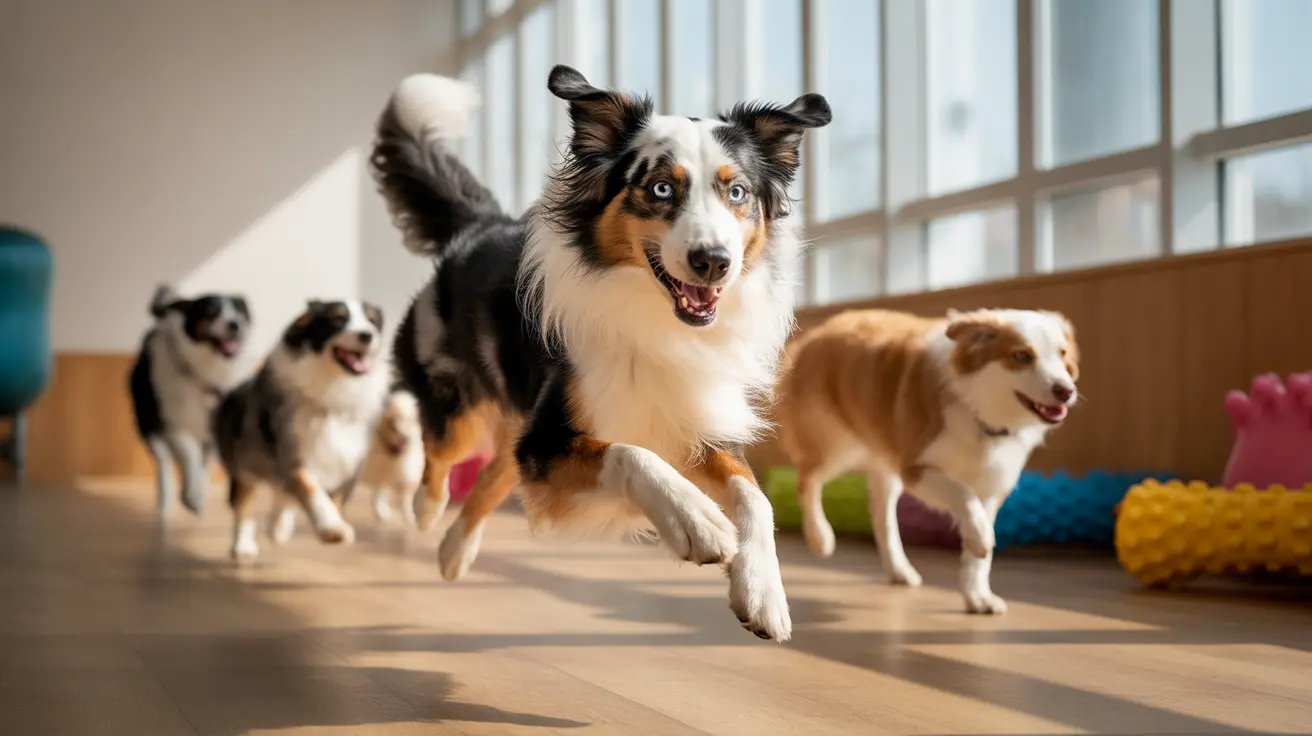Why Recall Is the Hardest Command to Teach Your Dog
Training a dog requires consistency, patience, and an understanding of canine behavior. While most owners can get their dogs to sit or stay with enough practice, there’s one command that consistently proves the most challenging:
recall, or getting your dog to reliably come when called.
Understanding Recall and Its Challenges
Recall is central to safety and control. A strong recall prevents accidents and gives your dog greater freedom. However, successful recall training involves more than just saying your dog’s name—it encompasses mastering tone, timing, environment, and reward systems.
Why is recall so hard to teach?
- High levels of distraction: Dogs often get distracted by smells, sounds, other animals, or people, all of which can override your command.
- Lack of generalization: Dogs may come when called at home but fail to respond in new environments like parks or busy streets.
- Human consistency: Many owners unwittingly send mixed signals—calling the dog for something unpleasant like a bath—or use inconsistent tones and gestures.
Keys to Successful Recall Training
Training your dog to come when called reliably can be achieved by avoiding common mistakes and applying effective reinforcement strategies. Here are some proven techniques:
- Make it fun: Dogs respond better to happy, excited tones. A singsong voice encourages a positive response.
- Use high-value rewards: Save your dog’s favorite treats or toys for successful recalls to create a powerful association.
- Repetition in various environments: Practice recall at home, then in the yard, and gradually build up to busier locations.
- Never punish after recall: If your dog comes and is scolded, they may associate 'coming' with negativity.
The Role of Consistency and Clarity
Inconsistency is a major factor in failed recall training. Avoid cue nagging—saying 'Come!' repeatedly—which can teach your dog that delay is acceptable. Instead, give the command once and follow up by engaging their attention if they don’t respond.
Clear signals and consistent reinforcement build your dog’s trust in your commands. Mixing negative experiences with cues—like calling your dog only for trimming nails—leads to cue poisoning. Train recall with positive outcomes only, especially during early stages.
Proofing Recall Behavior
Proofing is the process of ensuring a trained behavior like recall works in all settings. This involves slowly adding layers of complexity:
- Distance: Start from nearby and increase range gradually.
- Distractions: Introduce distractions such as other dogs or noises one at a time during training sessions.
- Duration: Train your dog to maintain attention and patience over longer periods before being called.
Never rush this process. Experienced trainers emphasize separating and mastering one challenge at a time.
Common Mistakes to Avoid
Avoiding certain common pitfalls improves your success in recall training.
- Repeating cues: This reduces your command’s effectiveness.
- Training when emotional: Dogs sense frustration and may shut down.
- Relying only on food: Overuse of food may reduce motivation or lead to obesity. Mix treats with praise and affection.
- Changing words or tone: Consistency helps your dog understand and respond reliably.
Making Recall a Daily Habit
Short, daily sessions are more effective than long weekly efforts. Integrate training into routines like dinner prep or play. This keeps the skill fresh and builds automaticity.
Training doesn’t end after mastery; behavior must be maintained. Continue to surprise and reward your dog sporadically for correct recall even after they’ve learned it well.
When to Seek Help
If your dog consistently fails to recall despite positive reinforcement and consistent practice, consider professional help. Certified dog trainers can offer tailored strategies and advanced techniques.
Final Thoughts
While teaching your dog to come when called is difficult, it’s one of the most worthwhile commands to master. With
positive reinforcement,
consistent signals, and
proofing across scenarios, your dog will learn that coming to you is always rewarding. And remember—the goal isn’t just obedience; it’s building a strong, trusting relationship with your dog.





